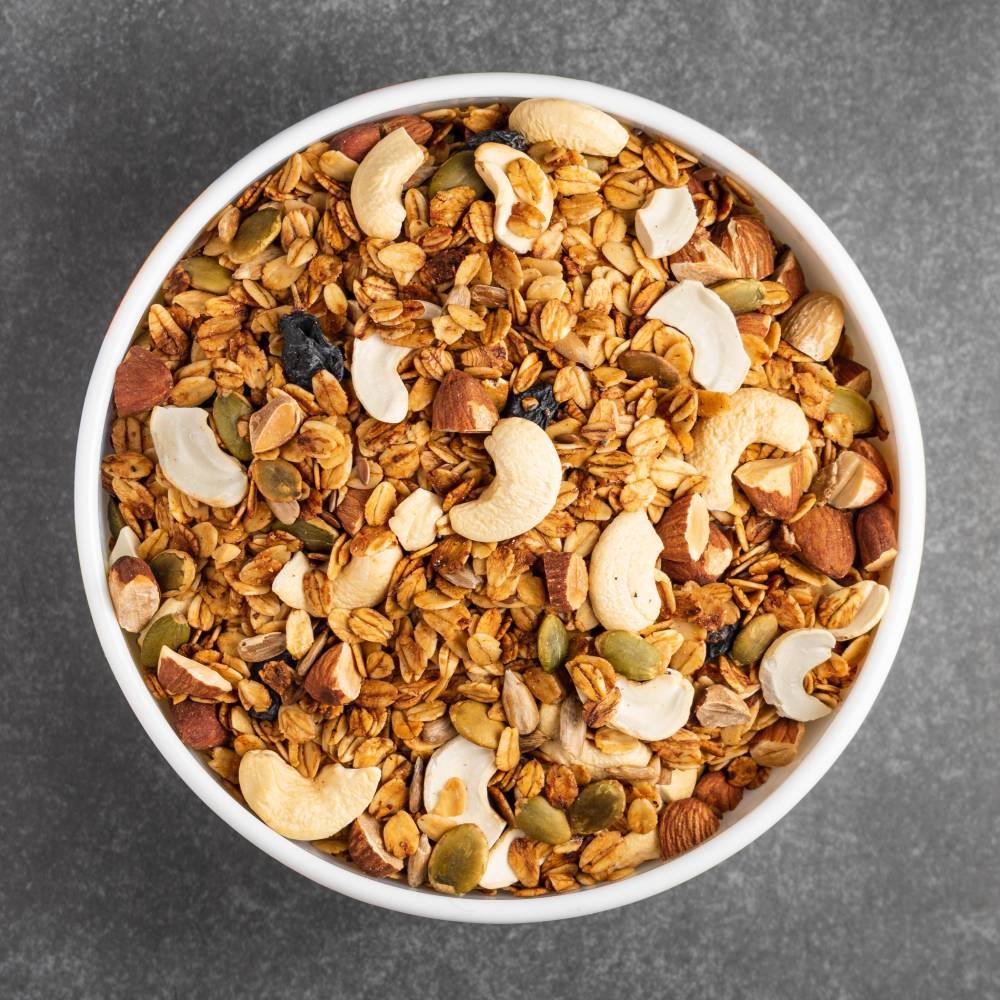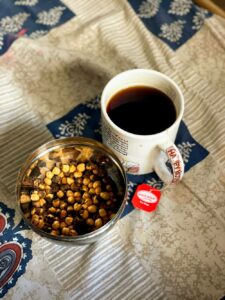4 Easy Ways to Increase Your Fiber Intake
We’ve all heard the decree to “eat more fiber” and fiber content is often used to tout the health benefits in a variety of products, from breakfast cereals to beverage supplements.
So…what’s the big deal?
As it turns out, fiber is a big deal and making sure you’re getting enough in your diet each day brings with it a bevy of health benefits.
Why is fiber so important?
Fiber is the “roughage” found in plant foods that the body cannot digest. It passes through the stomach and intestines virtually unchanged. There are two types of fiber, soluble and insoluble and it’s important that you incorporate both into your diet.
Soluble fiber dissolves in water, turning into a gel-like substance that can help lower cholesterol and blood glucose levels. Beans, oats, apples, and citrus fruits are all excellent sources of soluble fiber.
Insoluble fiber does not dissolve in water. Because it is bulkier, it acts like a broom for your intestines and colon, helping to sweet waste material out of the body. Try adding potatoes, nuts, and whole-wheat flour to your diet to boost your insoluble fiber intake.
4 Easy Ways to Increase Your Fiber Intake
Walk down the health food aisle at any grocery store and you will see limitless options for fiber supplements. While these are certainly convenient, they can sometimes lead to gas and bloating. They can also interfere with certain medications, so it is important to talk to your doctor before incorporating fiber supplements into your diet.
Luckily, there are plenty of all-natural, and delicious ways to fortify your fiber intake without turning to supplements. And, because these are nutrient-dense foods, you get the added benefit of vitamins, minerals, and protein.
Chickpea Pasta
We know, we know…there are a lot of sub-par pastas out there touting themselves as healthy but tasting like you boiled the cardboard box instead of the noodles. Chickpea pasta is not that kind of pasta (though it does have a denser texture than regular pasta noodles). We love the Banza brand and you’ll love the fact that a 3.5-ounce serving provides a whopping 13 grams of fiber!
Beans
Beans are an excellent source of fiber and so versatile that it is easy to incorporate them into your diet. Navy and black beans are great, providing 9.5 grams and 7.5 grams of fiber respectively in only a half-cup serving! Add them to your salads or serve them as a side dish alongside grilled fish or chicken for a delicious fiber boost.
Berries
Fiber sources don’t have to be savory. Berries are a great option and perfect for adding to your morning yogurt and granola. Your best fiber sources are raspberries and blackberries—both provide 8 grams of fiber in every cup. Other berry options include blueberries with 4 grams of fiber and strawberries with 3 grams per cup.
Bulgur Wheat
If you’re tired of rice and ready to quit quinoa, try adding bulgur wheat into your diet as another grain alternative. Made from cracked, whole-grain kernels of wheat and traditionally used in the Middle Eastern dish, tabbouleh, bulgur is a deliciously fluffy grain that provides 8 grams of fiber in a one-cup serving. Add it to stews and salads, or season and serve it alone for a hearty side dish.
And there you have it…four easy ways to add a little more fiber into your diet. According to the FDA, you should eat 28 grams of fiber every day, so start tracking your fiber consumption to see if you’re meeting requirements. If not, consider these sources as easy ways to fortify your fiber and keep you feeling great.
###
Resources




